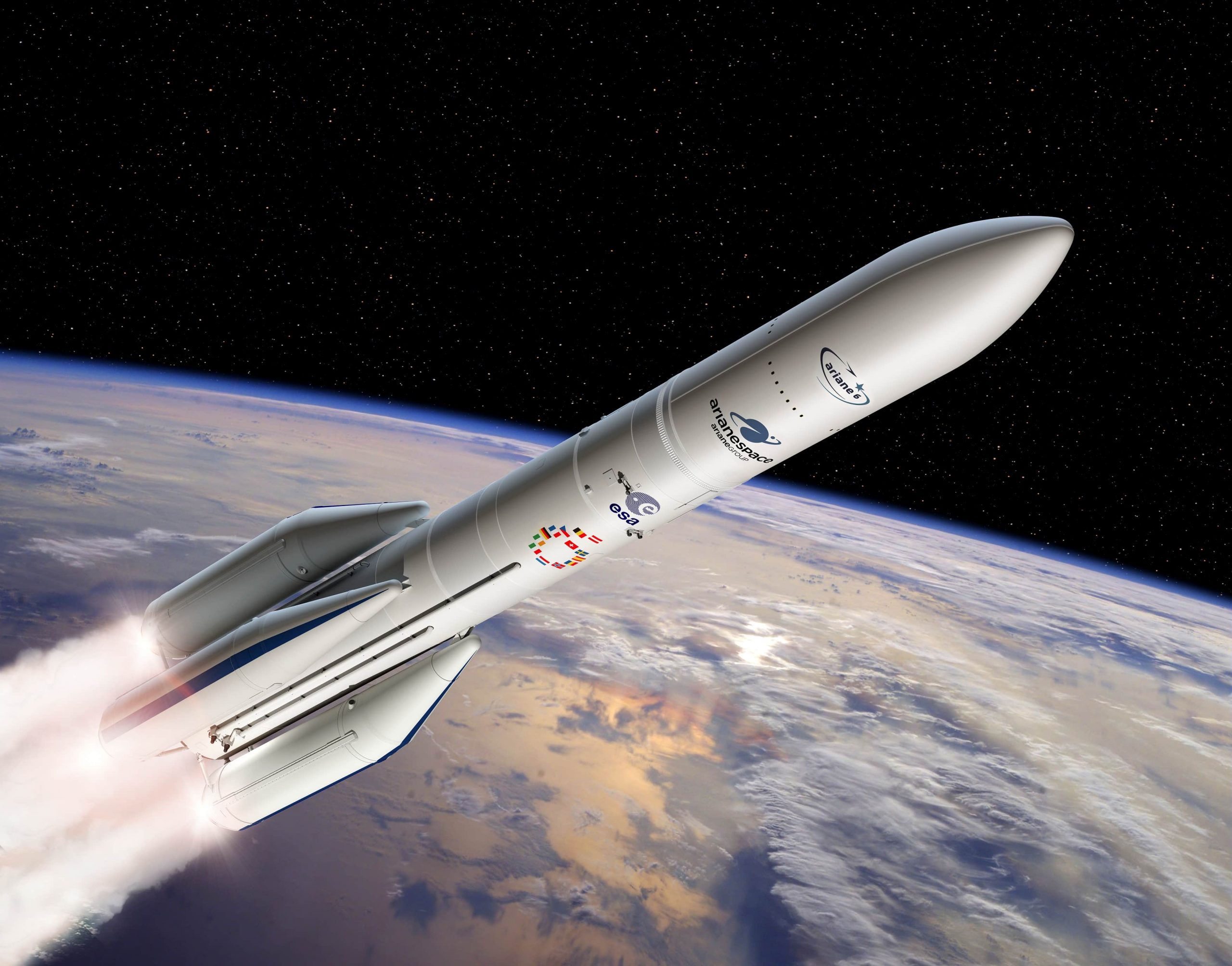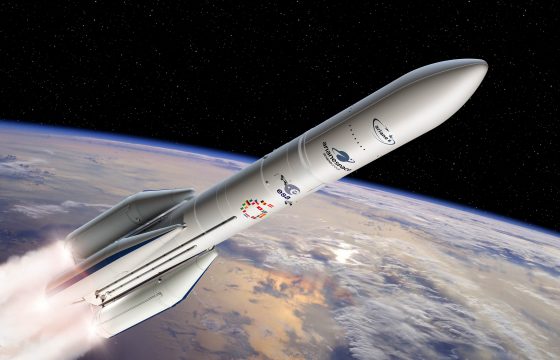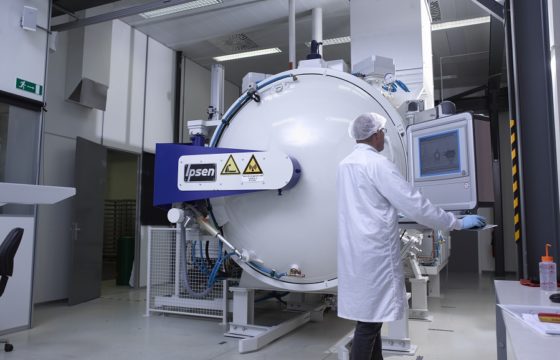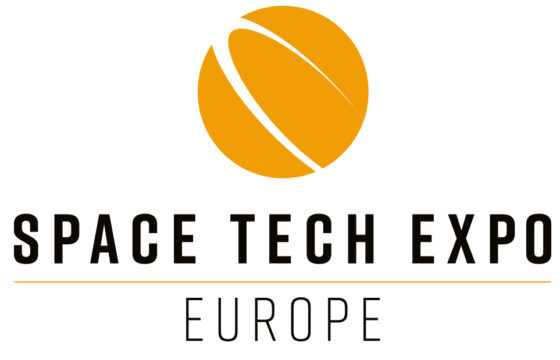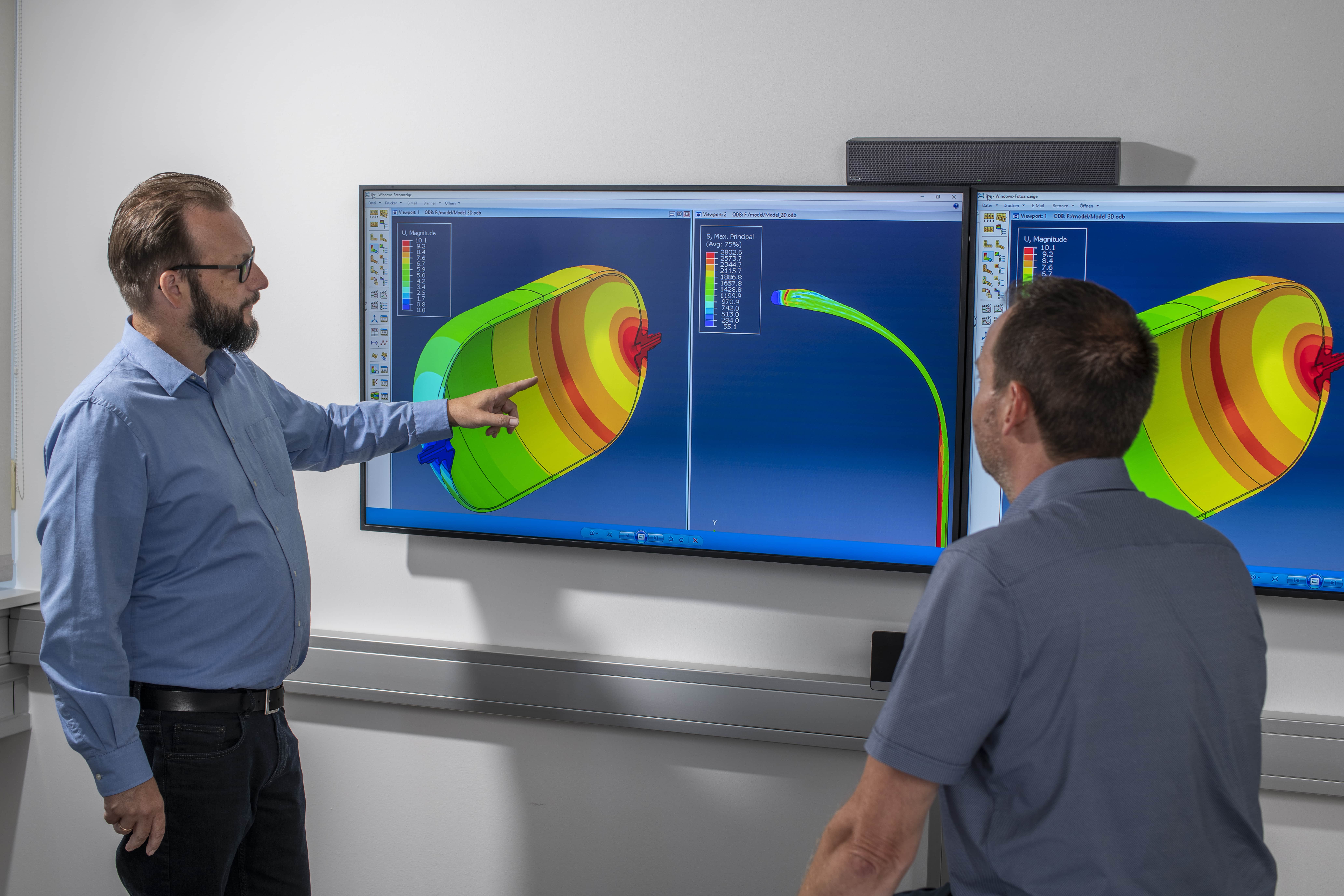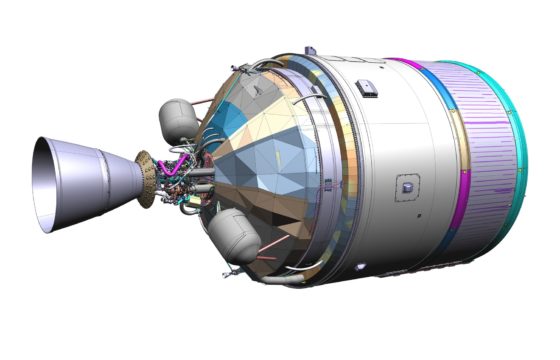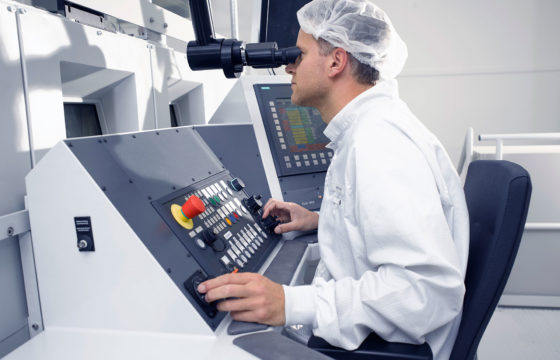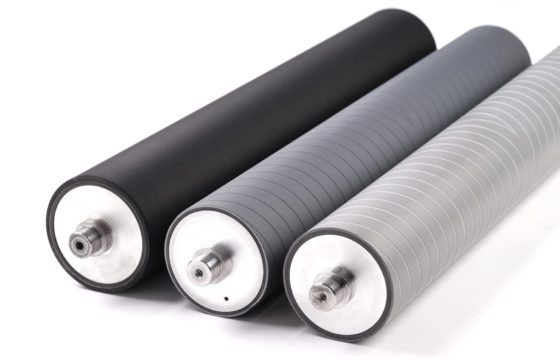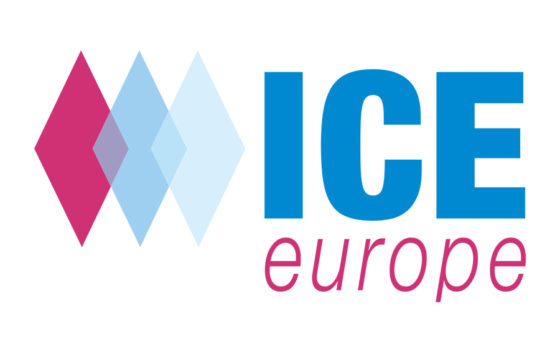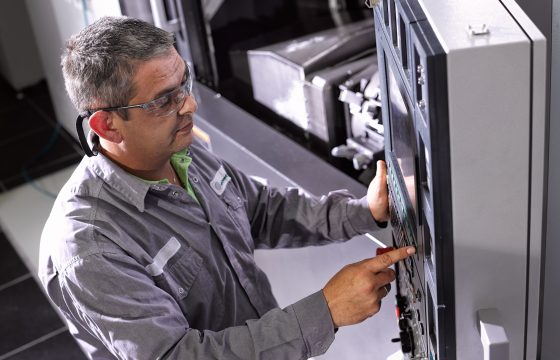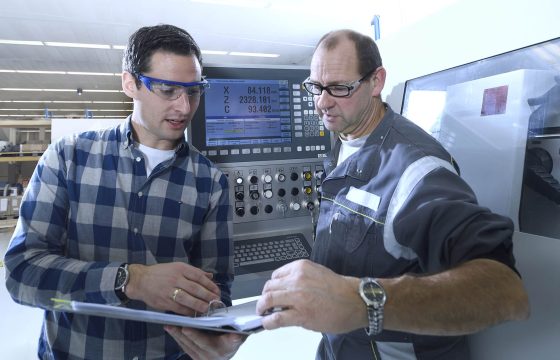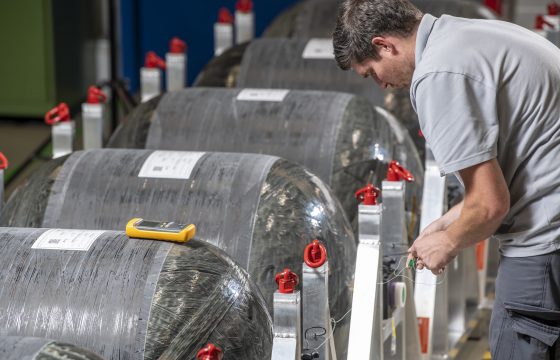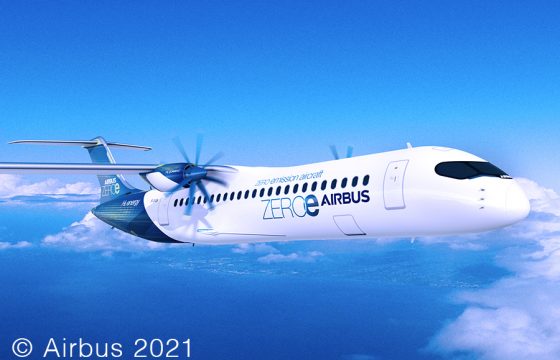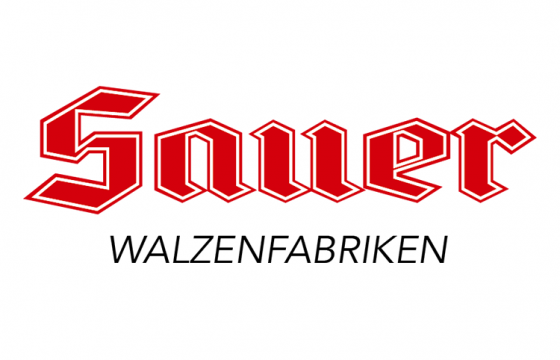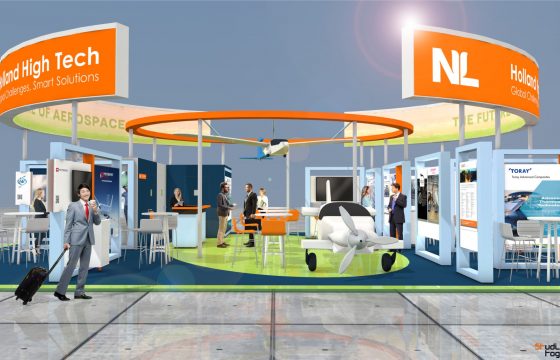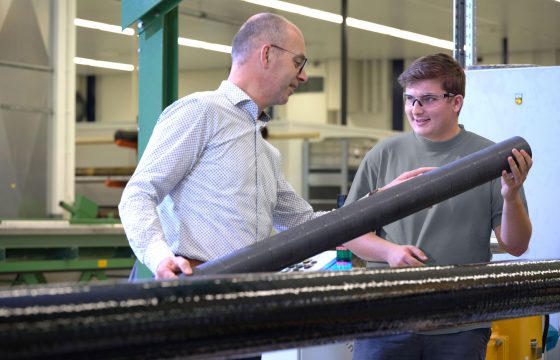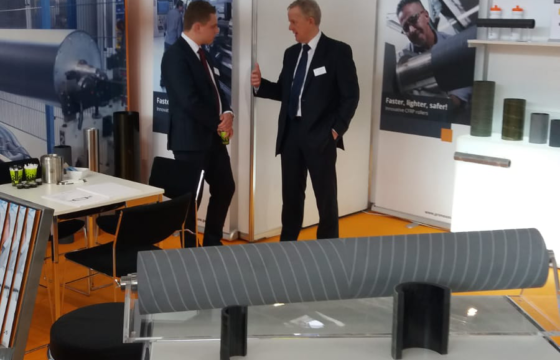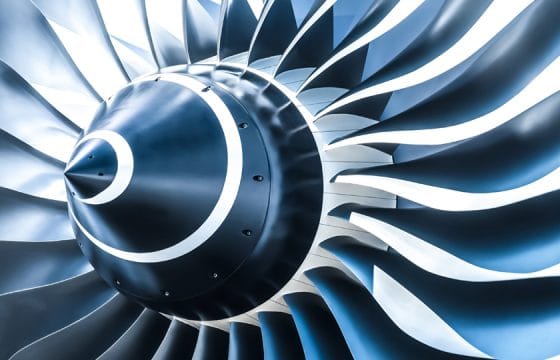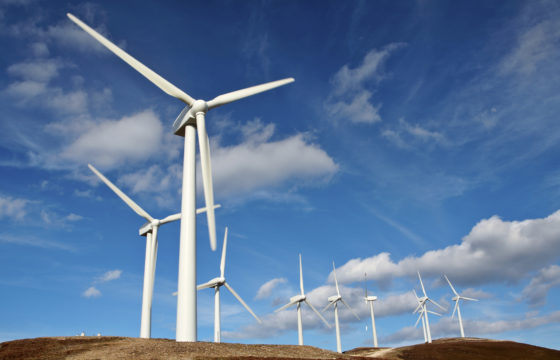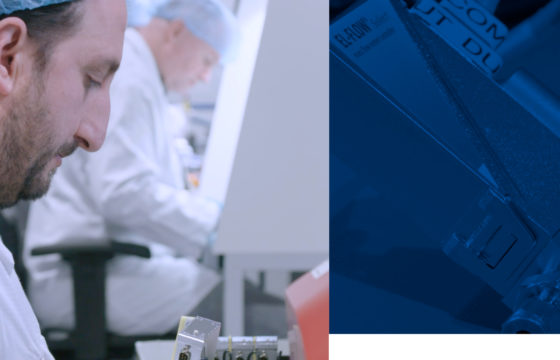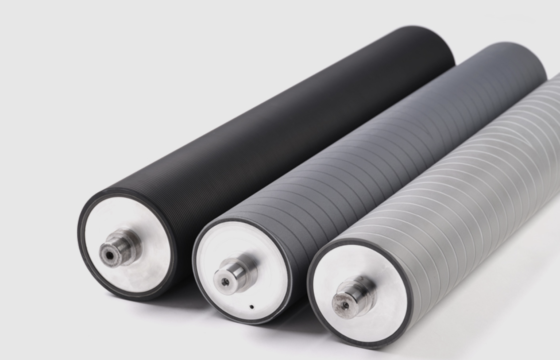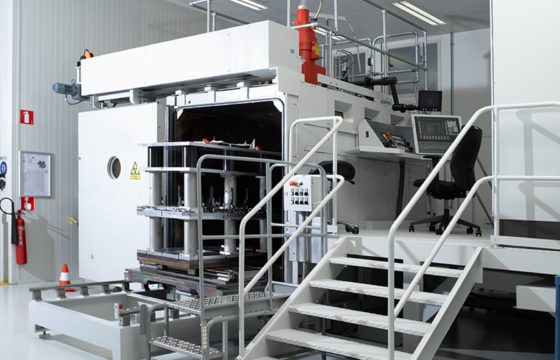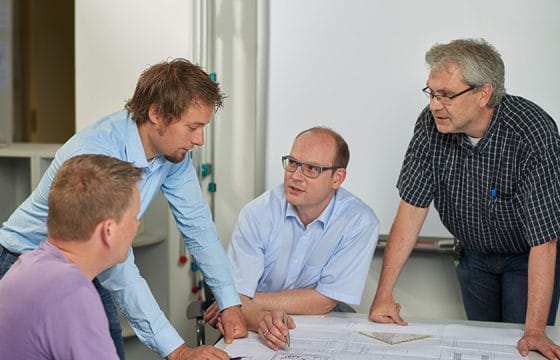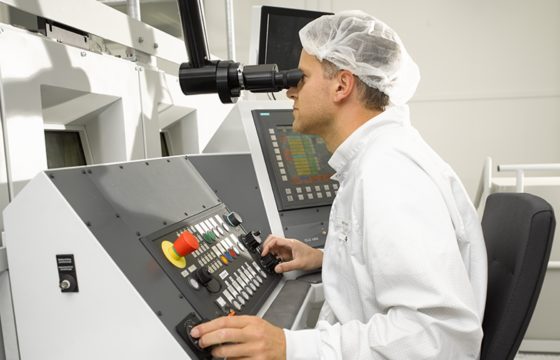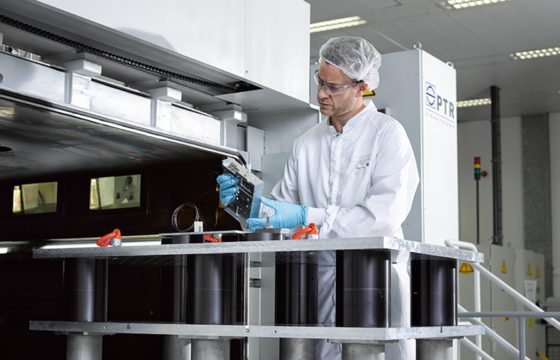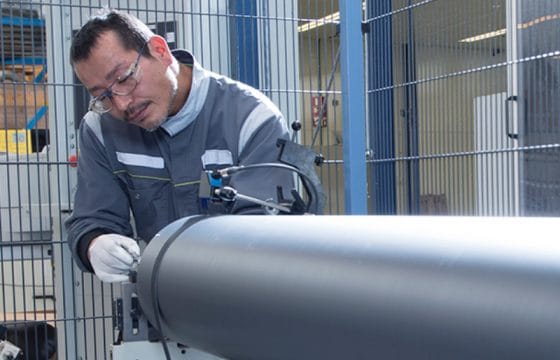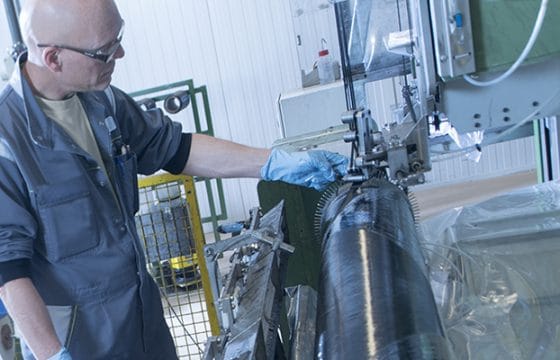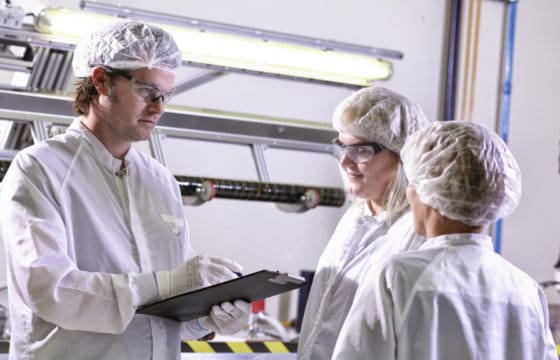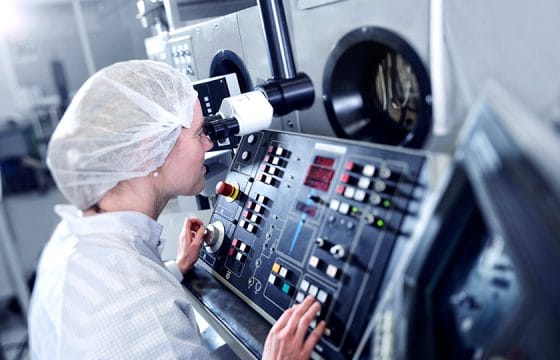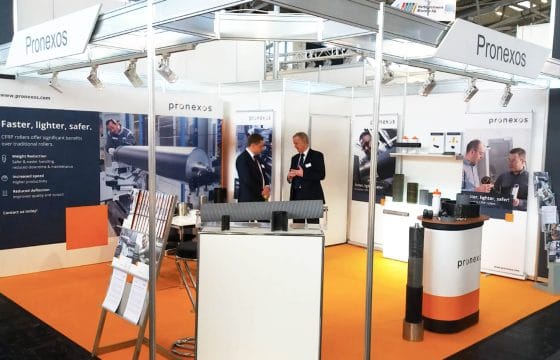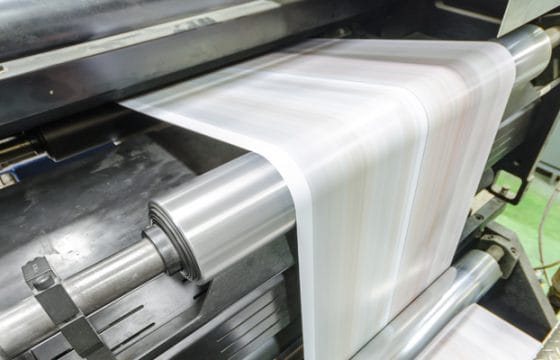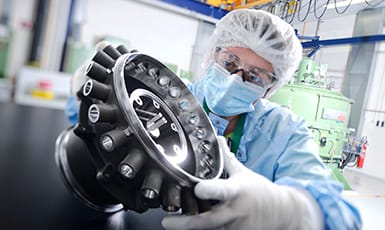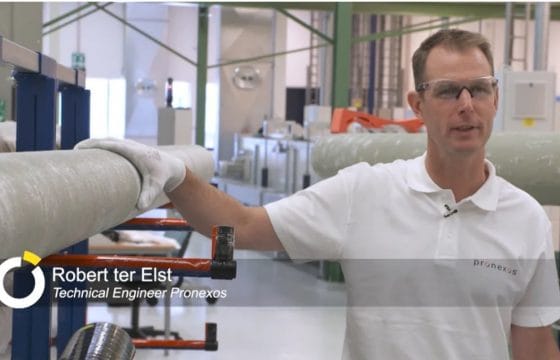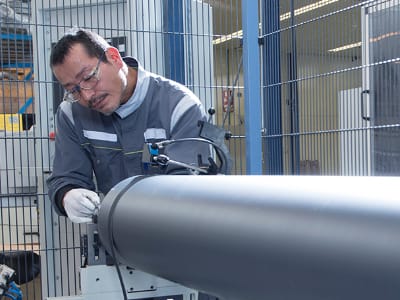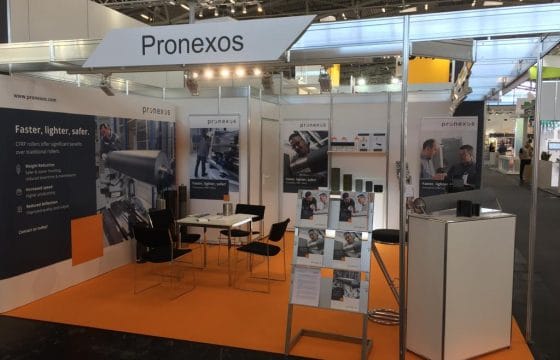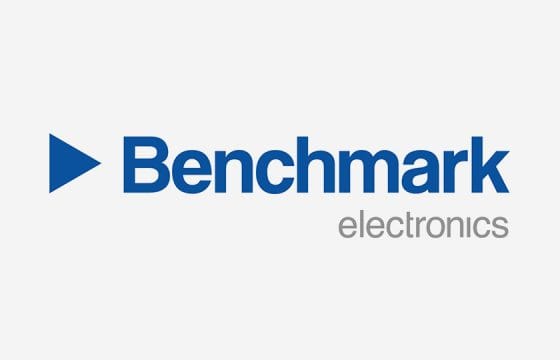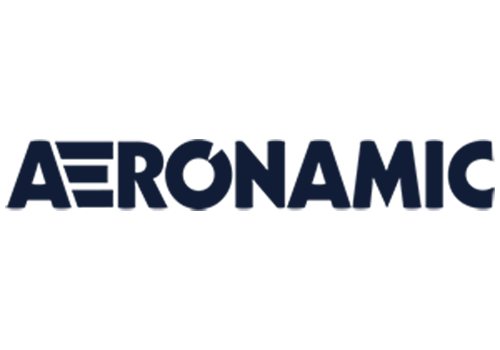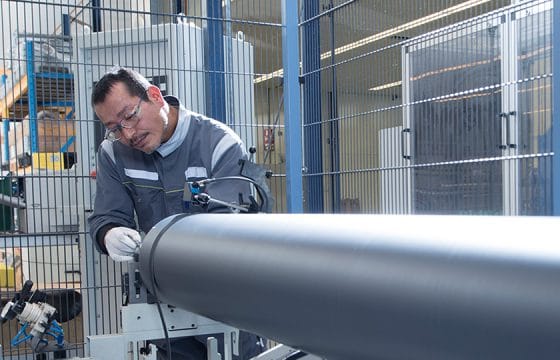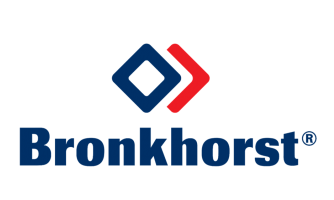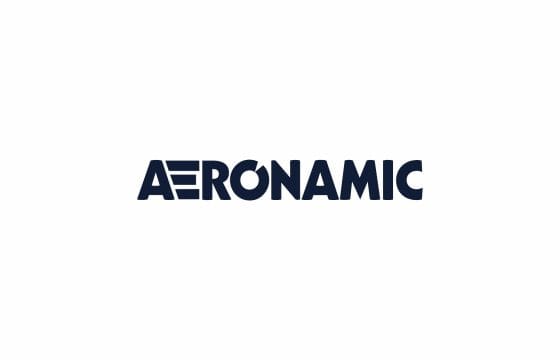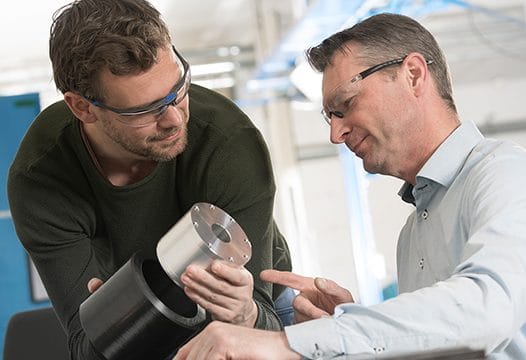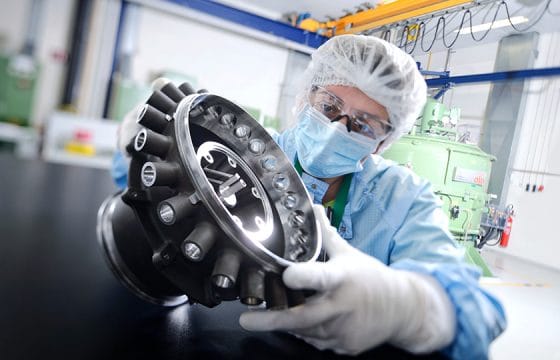After a long-term contract was signed by ESA partner ArianeGroup and ETC, Pronexos are now working to build carbon fibre-reinforced polymer (CFRP) pressure vessels for use onboard their new Ariane 6 rocket.
The space industry is driven by technological innovations and continual improvements – anything that saves space and weight will save cost and improve performance. This is why industry leaders such as the European Space Agency (ESA) continue to pursue carbon fibre technology, pushing the capabilities of their rockets further than ever.
Pronexos, specialists with decades of experience in developing CFRP solutions, has developed, qualified and produced three Type IV helium tanks to be deployed in each Ariane 6 launch system, for both the lower and upper stages of the rocket. These vessels will form an essential part of the rocket’s control systems, ensuring the safe launch of the rocket in its maiden flight in 2023.
Benefits of carbon fibre in aerospace applications
A specialist in-house team designed, certified and built the pressure vessels, that will be used as a store for high-pressure inert helium gas used in the rocket’s fuel expansion system, from scratch. Some of the key advantages of the Pronexos solution include:
- Significantly higher strength-to-weight ratio
- High performance in extreme cold temperatures
- Much increased resistance to fatigue and corrosion
- Cheaper to produce than previous metal vessels
- Reduced lead-times in complex supply chains
Moreover, there are increasing numbers of applications in aerospace where CFRP Type IV pressure vessels are the preferred option. These include fire suppression systems, landing gear systems, propulsion systems, fuel expansion vessels and many other applications.
Why Type IV?
Type IV pressure vessels, such as the ones Pronexos has created for ArianeGroup, have a number of advantages over other pressure vessel types. They consist of an internal liner, usually made from polyethylene or polyamide, entirely encased in a high-strength, wet-wound carbon fibre outer shell.
Because of the volume of carbon fibre used in type IV vessels, they tend to be more expensive than other types of carbon fibre pressure vessel. However, their combination of light weight and high strength make them ideal for use in rockets, satellites and similar applications.
The benefits of lighter-weight parts are obvious, but the innate strength of the Type IV pressure vessel also adds significant benefits, because the pressure vessel is able to take on greater loads, and therefore store more volume and weight of gas.
Why Pronexos?
From sites in the Netherlands and Germany, Pronexos design and manufacture specialist pressure vessels for aerospace applications, as well as civil aviation applications. Pronexos’ competencies include designing, producing and qualifying Type IV pressure vessels for a very wide range of applications, as well as the manufacturing capabilities to deliver high-quantity production rates. Furthermore, Pronexos offers Nadcap-accredited processes and are an attractive partner for aerospace applications that require security as well as expertise and capacity.
To find out more about Pronexos’ capabilities and expertise, please get in touch with us here – contact@pronexos.com.
